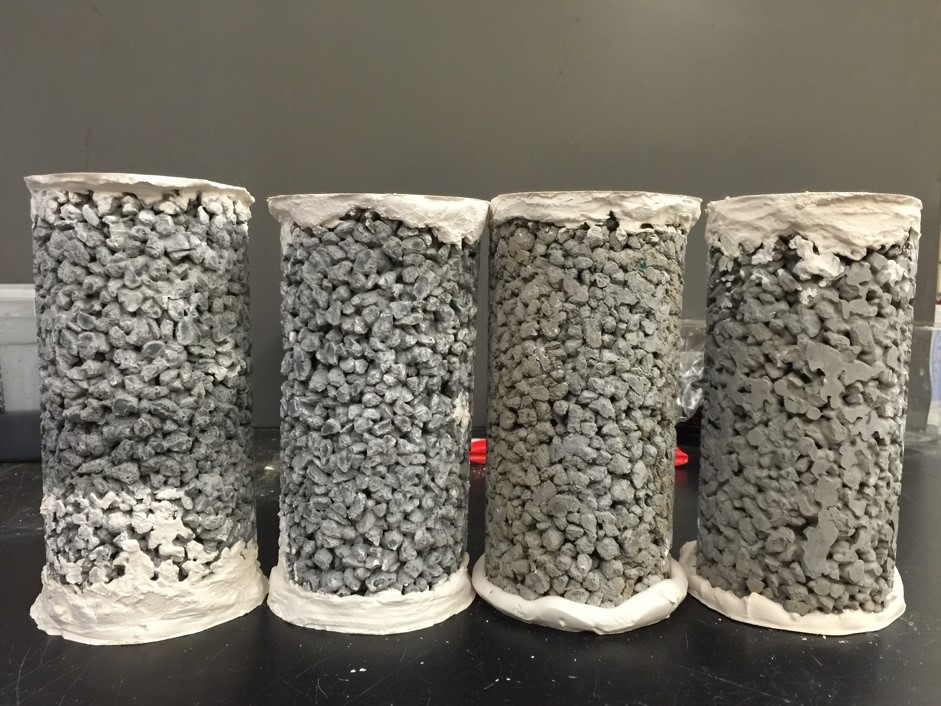

A Washington State University researcher is working to turn woody biomass, or a waste product from coal-fired power plants, into active ingredients of environmentally friendly concrete.
Xianming Shi, associate professor in the Department of Civil and Environmental Engineering, and his research team recently received a grant to develop either biomass fly ash or coal fly ash, a byproduct of coal plants, as a cement-like binder for pervious concrete, a type of pavement that allows water to be filtered and to seep into the ground naturally like a wetland or grass strip.
“We’re not recycling just for the sake of recycling. We are adding value to [the fly ash], we’re ‘upcycling,’” said Shi.
Coal fly ash has been used as a cement replacement in concrete for decades. But the replacement is typically no more than 30% by weight, due to strength and performance concerns. Less than 30 percent of the 70 million tons of coal fly ash in the U.S. gets used in beneficial applications, said Shi.
The researchers found the material, with the help of a nanomaterial, could fully replace cement in pervious concrete. Pervious concrete is of increasing interest to policy makers and industry for better stormwater management. Impervious concrete that is ubiquitous on roads and parking lots allows pollutants to move easily through the environment and increases flooding problems.
With the new grant, Shi and his team will test the durability and environmental performance of a biomass fly ash-based pervious concrete. They are also studying how to improve its resistance to freeze thaw cycling and deicing salt.
“We’re not just changing the water quantity going through, but the water quality too,” said Shi. “We’re killing two birds with one stone. The goal is to create a much ‘greener’ pervious concrete and to give back cleaner groundwater.”
Shi’s research has been funded by the Center of Environmentally Sustainable Transportation in Cold Climates (CESTiCC) and WSU. He has filed three provisional patents and one nonprovisional patent on the related technology.